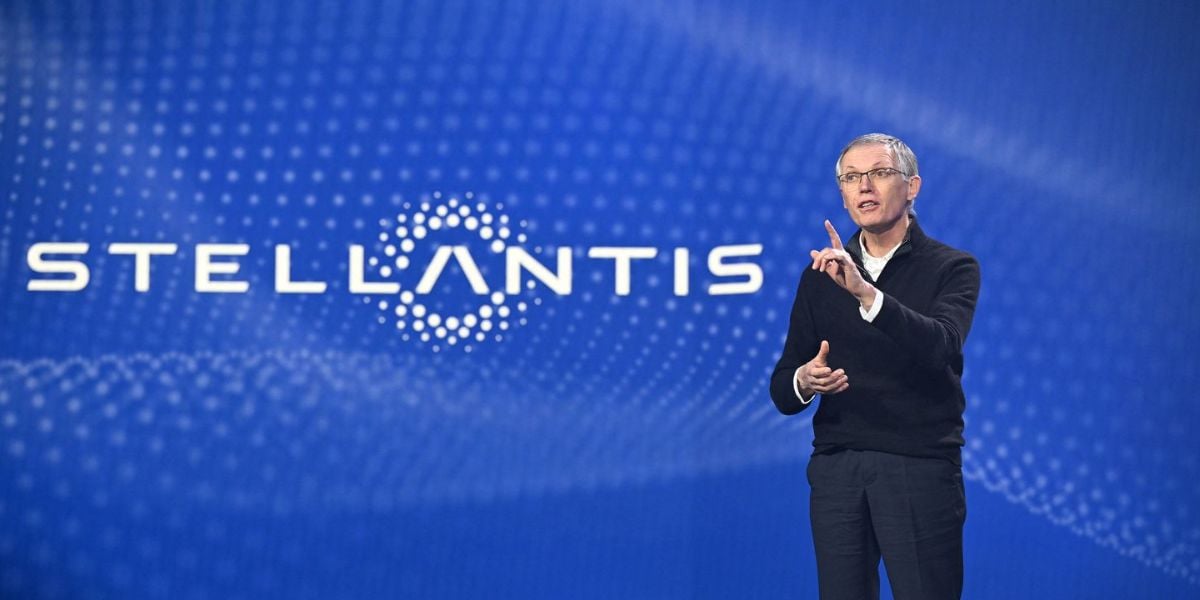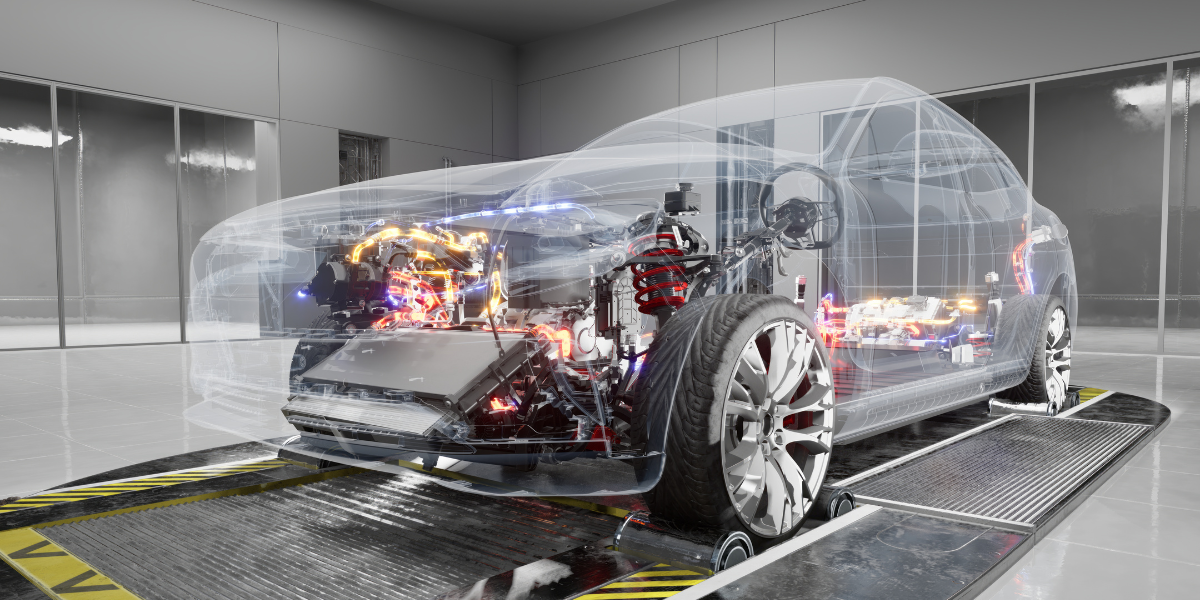Battery remanufacturing is a big opportunity for the environment and economy
Remanufacturing batteries is a big opportunity, both from an environmental and economic perspective. From an environmental perspective, batteries contain hazardous materials such as lead, cadmium, and mercury that can contaminate soil and groundwater if not properly disposed of. Remanufacturing these batteries prevents these materials from ending up in landfills or being released into the environment, which can have harmful effects on both human health and the environment. From an economic perspective, remanufacturing batteries can recover valuable metals and other materials that can be used in the production of new batteries and other products. This reduces the reliance on mining for raw materials, which can be expensive and have negative environmental impacts.

Text and photo 1
In recent years, the demand for batteries has increased significantly due to the growth in electric vehicles, energy storage systems, and portable electronic devices. As a result, the market for battery remanufacturing is also growing rapidly, and there is a lot of potential for innovation and investment in this space. Overall, remanufacturing batteries presents a great opportunity to promote sustainability and a circular economy, while also creating economic value and promoting innovation.
The scenario in Europe
In 2050, Europe is expected to generate over €6 billion in revenue from recycling electric vehicle batteries. Currently, the remanufacturing capacity for these batteries in Europe is around 80,000 tons per year, while the volume of batteries to be recycled is expected to reach 3.4 million tons by 2050. Remanufacturing nickel, cobalt, and lithium from these batteries will make Europe more independent in terms of the extraction and processing of related raw materials. EU regulations make it mandatory to remanufacture electric vehicle batteries, and the demand for recycled material is expected to grow, driven by new targets for minimum recycled content in batteries. Electric vehicle batteries can only have one fate after use: remanufacturing.
This is provided for by Directive 2006/66/EC, which makes electric mobility a clear example of the circular economy. After being used on board cars, vans, or other vehicles, the batteries are first given a second life for stationary public or private applications - in support of electric grids and renewable sources - before being recycled to recover all the precious materials they contain. This is a business with great development prospects, in which Europe can play a leading role. Moreover, the turnover can be further expanded, and more quickly, by importing batteries to be recycled from abroad. Thanks to the new EU targets on the minimum content of recycled materials in electric vehicle batteries, by 2050 there will be around 3.4 million tons of batteries at the end of their second life ready to be remanufactured in Europe, compared to the current remanufacturing capacity that does not exceed 80,000 tons/year.
The space for industry and creating new jobs is enormous. In addition to creating a whole new supply chain, with all the economic, employment, and environmental benefits that come with it.

Text and photo 2
Remanufacturing these batteries also means becoming more independent from the extraction and processing of related raw materials, leveraging resources that are already refined and ready to be put back into the production process. The engineering expertise of the major European countries is recognized worldwide and with the right industrial policies, these countries can become leaders in many areas of electric mobility, such as battery remanufacturing. This is a huge opportunity to revive the economy and employment that cannot be given away to other countries, but we must act quickly if we want to seize and fully exploit it.
The Battery chain
The battery value chain today is structured into two main phases: production and use, and end-of-life management, with the latter including the stages of collection, transportation, second-life use of the battery, recycling, before arriving at the sale of remanufactured material. The opportunities arising from end-of-life battery management are already beginning to incentivize traditional actors in the value chain to extend their competencies into adjacent roles. Anticipating one's moves can trigger a significant competitive advantage. The creation of a circular value chain for batteries is essential to harness the value stored in their residual capacity and the components that make them up. In addition to sustainability, the interest of the actors involved in this issue is incentivized by the synergies between production and use activities and end-of-life management.

Text and photo 3
Combining battery production with waste recycling allows European manufacturers to reuse the secondary raw material derived from their waste and meet the requirements imposed by European regulations. Likewise, automakers can identify optimal solutions to give new life to batteries they know the design and characteristics of, and take advantage of their dealer networks for collection. Those who can harness these synergies immediately will enjoy a strong competitive advantage.
Text only 3
Therefore, it is not just about exploring the economic impacts of remanufacturing electric vehicle batteries, but also providing a detailed overview of the technology and processes used, illustrating the characteristics of various treatments, and anticipating the peculiarities of upcoming generations of batteries.
From the development of the design that will facilitate recycling, to the evolution of the cathode towards a progressive reduction of cobalt, passing through the replacement of graphite inside the anode and the transition of the electrolyte from liquid to solid state. Technological solutions for the remanufacturing of strategic materials from lithium-ion batteries, implemented at various levels of industrial maturity, highlight the current remanufacturing capabilities in Europe and the enormous opportunities that this circular business strategy offers to the international ecosystem. Challenges for the future will involve the development of sustainable and high-value solutions to support the supply of high-quality secondary raw materials for reuse in Gigafactories for battery production, currently under development in Europe.
Share your remanufacturing stories with us
Do you have an innovation, research results or an other interesting topic you would like to share with the remanufacturing industry? The Rematec website and social media channels are a great platform to showcase your stories!
Please contact our Brand Marketing Manager.
Are you an Rematec exhibitor?
Make sure you add your latest press releases to your Company Profile in the Exhibitor Portal for free exposure.



